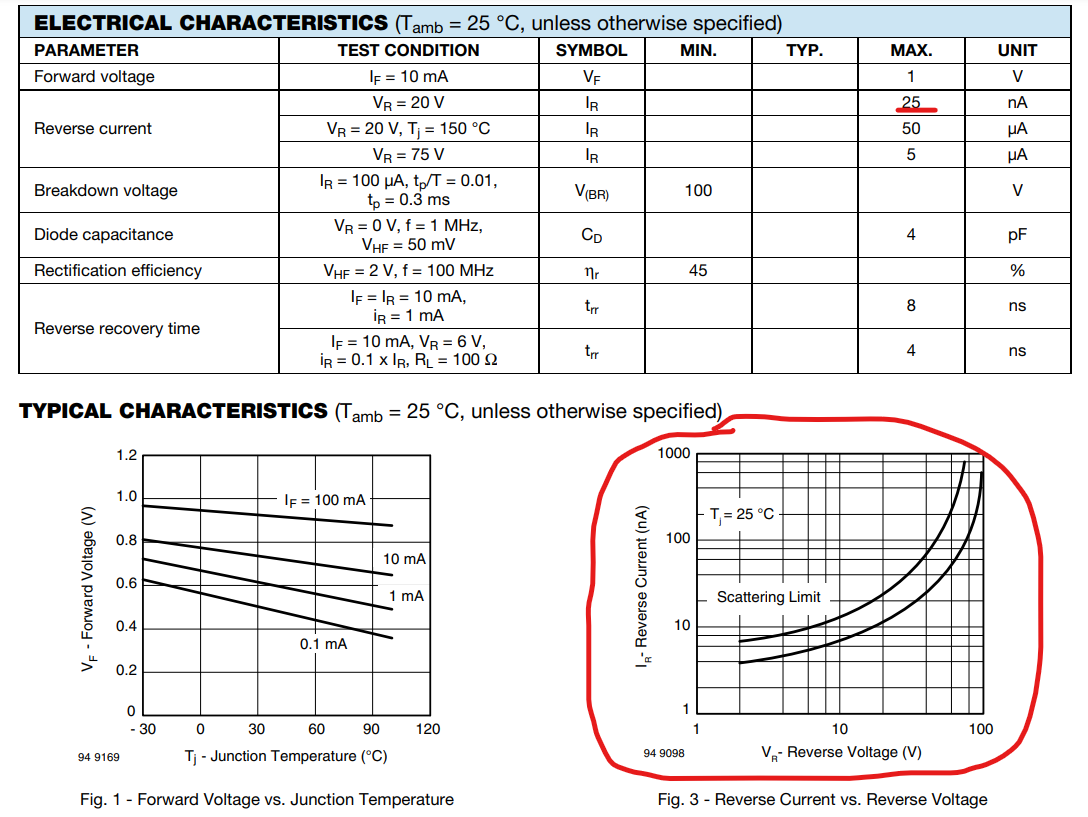-
Order a prototype for testing
04/07/2024 at 08:16 • 0 commentsYou can order a prototype for testing here(completely ready device without firmware):
https://www.pcbway.com/project/shareproject/_Perpetual_Wristwatch_d14e5fc4.html|
-
Power consumption
04/07/2024 at 08:10 • 0 commentsIn standby mode (when the button is not pressed), the wristwatch consumes approximately 5 μA, the battery have capacity - 50 mAh, in time show mode watch consumes 2.5 mA, if you look at the time every day 6 times(0.25 per hour), the operating time is 1.5 seconds, using these data we can calculate battery life time. For example - calculator from Oregon Embedded:
![]()
We have ~year of work, of course, as the voltage drops, the consumption of the watch will also drop (for example - 2.7 V, the consumption is ~3 μA), therefore, the resulting lower value is the guaranteed uptime:
https://oregonembedded.com/batterycalc.htm
However, if you give the device 5-10 minutes a day of street light (for example, take it out of your sleeve), and the working time will immediately increase several times. Here in the video I show how the watch charges even in cloudy weather:It is worth noting that LED bulbs, which are now very popular for indoor lighting, do not provide a sufficient level of light in the spectrum at which solar panels work, so charging is possible only very close LED lamp.
-
Add project name
03/17/2024 at 10:59 • 0 commentsNow it's have name - "LumiTime"
-
Schematic
03/09/2024 at 10:10 • 0 commentsIt's have simple schematic, for save pins I used Charlieplexing(35 components in total):
https://en.wikipedia.org/wiki/Charlieplexing
![]()
In this project i use for charging 12 light sensor BPW34S, on clear sun one cell make 0.5-0.6 V and ~2 mA, connect its in serial and make simply charging schematic - use 2 components, ZD1 to drop voltage 6 -> 4.7 V and make protection to leakage of current in solar panels in to diode D1 name LL4148(because it have little reverse current):
![]()
The diode add 0.7 volts drop(4.7-0.7=4.0V) and battery don't overcharge up to 4 V.
"Perpetual" Wristwatch
The simple and "Perpetual" WristWatch("LumiTime") with 12 red LEDs, it have LIR2430 Li-Ion battery, 12 solar cells, based on Microchip CPU.
 Serhii Trush
Serhii Trush

